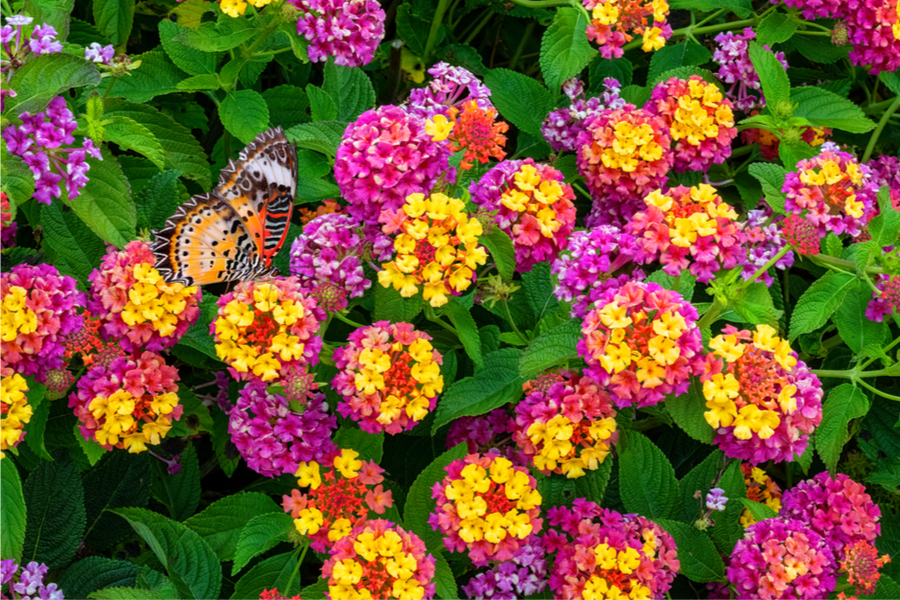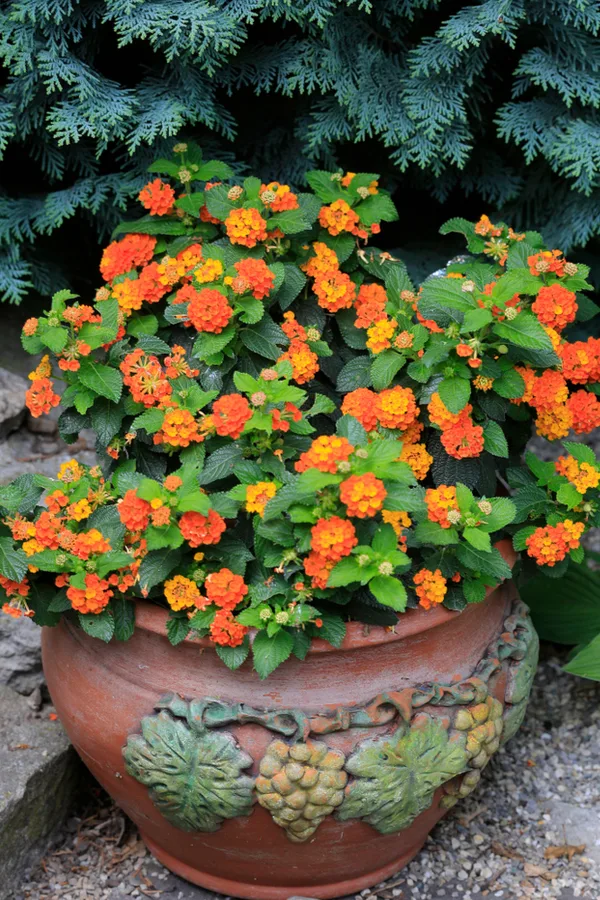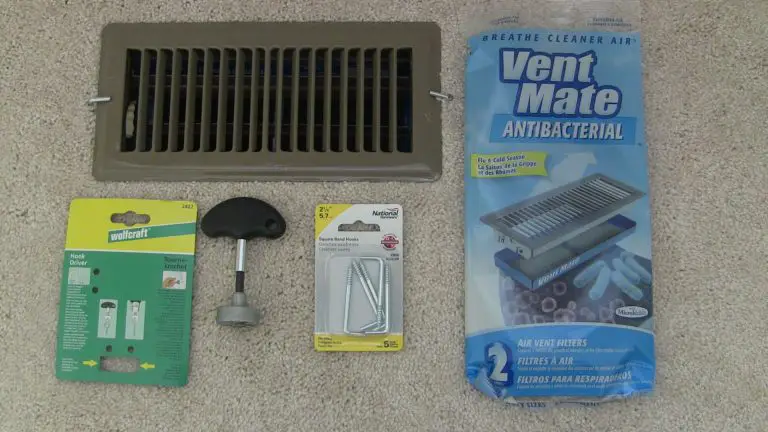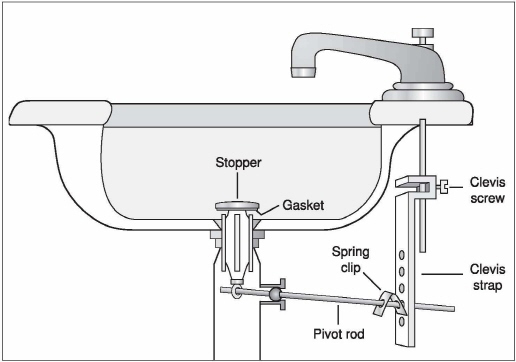How do you keep lantana blooming?
Lantana is a popular flowering plant that is known for its beautiful and long-lasting blooms. To keep lantana blooming, it is important to provide the right amount of sunlight, water, and nutrients. Additionally, you should prune the plant regularly to encourage new growth and remove any dead or dying blooms. With proper care, lantana can provide beautiful blooms for many years to come.
What is Lantana?
Lantana is a genus of flowering plants that includes over 150 species. Native to tropical and subtropical regions of the world, these plants are known for their showy clusters of brightly colored flowers. The flowers can be found in shades of yellow, pink, white, orange, and red, and they are often fragrant. Lantana plants are usually easy to grow and require little maintenance, making them popular choices for gardeners. In addition to their beautiful blooms, they are also known for their drought tolerance and for attracting butterflies and other beneficial insects.
Selecting the Proper Plant Variety
When selecting plants for your garden, it is important to choose the right variety for your region. Depending on the climate, soil type, and other factors, certain plants may thrive in one area and not another. Selecting the proper plant variety can help ensure that your garden is both healthy and aesthetically pleasing. To ensure success, research the best plants for your region and purchase from a trusted source. Also, consider the hardiness of the plant, as well as the amount of sunlight and water it needs. Taking the time to research and choose the right variety for your location can mean the difference between a garden that flourishes and one that fails.
Climate Requirements for Lantana
Lantana, a flowering shrub with a wide variety of colors and sizes, is an ideal choice for many gardens. However, in order to maintain a healthy and vibrant lantana, it’s important to understand the climate requirements for this plant. Lantana generally prefers full sun and well-drained soil, although it can tolerate some shade and wet conditions. The plant is typically hardy in USDA zones 8-11, meaning it can withstand temperatures as low as 10 degrees Fahrenheit. When temperatures drop below this, the plant may die back but will usually return in the following spring. Lantana can also tolerate high temperatures and drought, making it a good choice for hot, dry climates. With the right climate conditions, this hardy shrub can thrive and provide a beautiful burst of color to your garden.
Soil Requirements for Lantana
Lantana is a flowering plant that is known for its bright and colorful blooms. It is easy to care for and grows in many climates, but there are certain soil requirements that must be met in order for your lantana to thrive. For optimal growth, your lantana should be planted in a well-drained, neutral soil. The soil should be high in organic matter and have a pH between 6 and 7.5. The soil should also be kept evenly moist but not soggy, as lantana is prone to root rot in overly wet soil. Additionally, adding fertilizer can help supply the nutrients lantana needs to flourish. With the right soil and care, your lantana will produce beautiful flowers throughout the year.

Fertilizing and Watering Requirements
Fertilizing and watering are essential components of successful gardening. Without proper care, plants can become weak and ill, leading to reduced yields and diminished beauty. Fortunately, with the right fertilizing and watering requirements, you can ensure your plants stay healthy and vibrant. Fertilizing helps provide plants with essential nutrients for growth and maintenance, while water helps keep the soil and root system moist and balanced. Knowing when and how much to fertilize and water your plants can make all the difference in helping them thrive.
Pruning and Deadheading
Pruning and Deadheading is an essential parts of proper maintenance for your garden plants. Pruning helps to maintain an attractive shape and structure, while Deadheading removes spent blooms and encourages new growth. Pruning helps to reduce plant stress, increases vigor, and helps to promote larger blooms. Deadheading helps to ensure blooms continue to appear throughout the growing season. When done correctly, Pruning and Deadheading can help you to create a beautiful garden that will continue to provide you with enjoyment for years to come.
Common Pests and Diseases
Common Pests and Diseases in plants are a common occurrences that can cause a lot of damage to a garden or landscape. Pests can range from insects, mites, slugs, and rodents, to fungi and bacteria. Diseases can also be caused by environmental factors such as temperature, humidity, and water availability. Knowing how to identify, prevent, and control these pests and diseases is essential for a successful garden. Fortunately, there are many effective solutions and tips to help gardeners keep their plants healthy and thriving. Taking the time to properly research the best possible solutions and to take preventative measures can save time, effort, and money in the long run.
Propagating Lantana
Propagating Lantana is a blog dedicated to helping you propagate and care for the beautiful and diverse range of lantana plants. We provide helpful tips and tricks on how to propagate lantana from seed, as well as take care of them in different climates and soil types. We also cover topics such as how to identify and diagnose problems, pests, and diseases, and how to ensure that your plants stay healthy and look their best. Our blog is your go-to source for all things Lantana!
FAQs About the How do you keep lantana blooming?
1. How often should I water my lantana to keep it blooming?
Answer: Water lantana regularly, about 1-2 inches of water per week, to keep it blooming.
2. What kind of fertilizer should I use to keep my lantana blooming?
Answer: Use a balanced fertilizer, such as a 10-10-10 or 12-12-12, to keep lantana blooming.
3. How much sunlight should my lantana get to keep it blooming?
Answer: Lantana needs at least six hours of direct sunlight per day to keep it blooming.
Conclusion
lantana can be a very rewarding plant to grow. To keep lantana blooming, be sure to provide full sun and well-drained soil. Keep the soil slightly moist and fertilize monthly with a balanced fertilizer. Prune back plants after flowering to encourage new growth and remove spent flowers. With the right care, lantana will keep blooming all season long.







